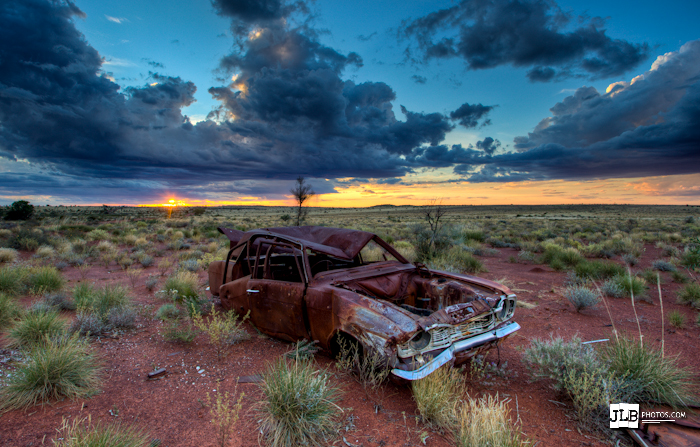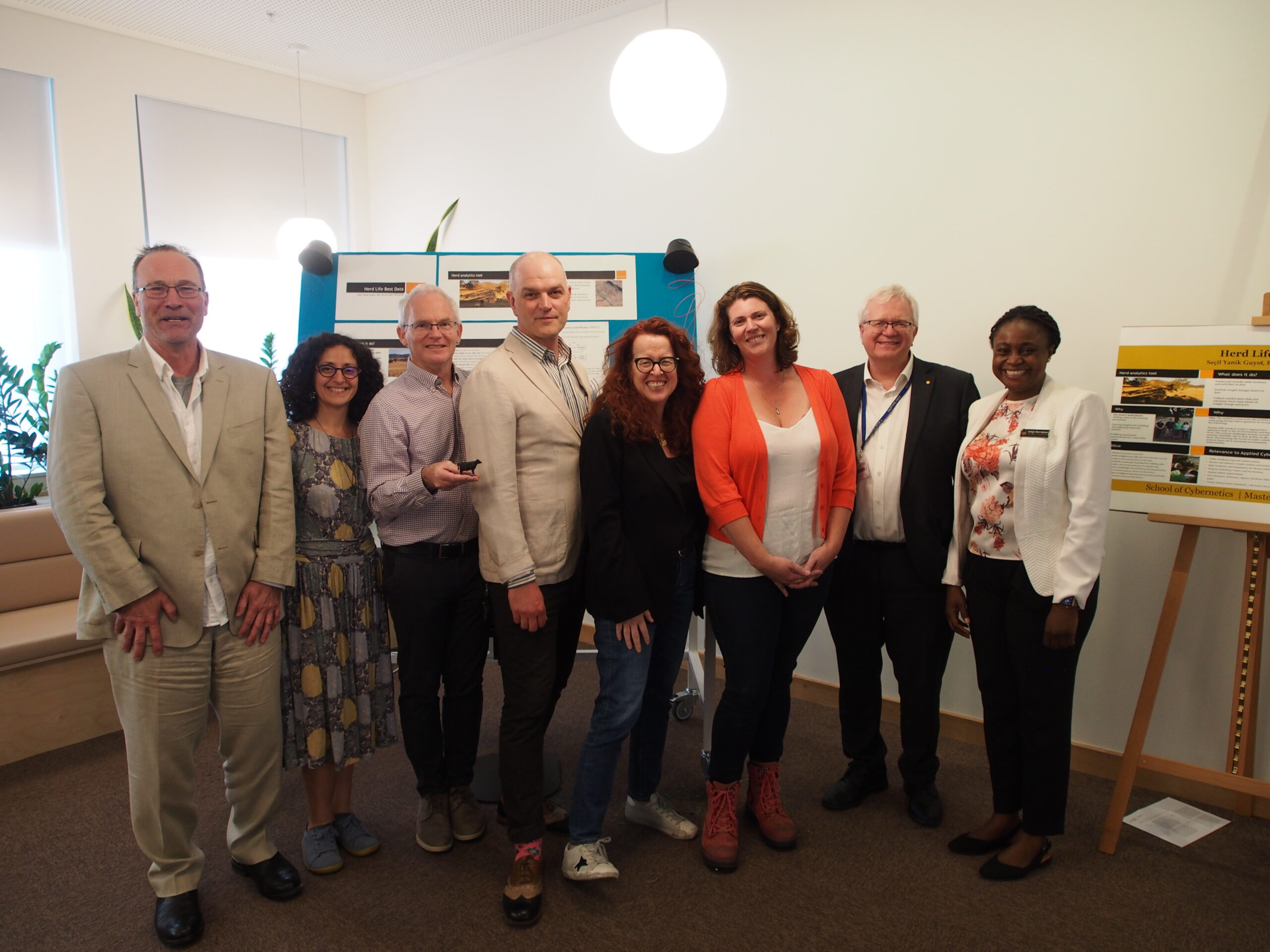As part of my journey to Tipping Point in Canberra 2013 I am pitching a theoretical art project that take place in Australia 20 years from now. The best bit? I get to decide what will happen in the next 20 years, as a premise and backdrop for my project. What follows is my fictional creative prediction, based on some admittedly worst-case possibilities and their consequences. It’s going to form the first half of my 3 minute pitch, so it will be edited down some more.
What do you think? Are these scenarios completely out-there and improbable? Any advice, comments, links or suggestions would be much appreciated.
Australia 2033; a fictional fact-sheet for Tipping Point 2013, #TiPP13
Internationally, power and manufacturing, resource extraction and consumption have become almost completely decentralised. Climate change continues at a rapid rate.
Most data is handled using a combination of fibre optics and biotech processing and storage.
A crisis from a civil war in the United Kingdom caused Australia to adopt a poorly-planned presidential governance model. Instability resulted and combined with an attempted hostile takeover by two foreign powers. The takeover failed but damaged infrastructure we lost control over most of Australia’s offshore oil and gas. Some stability was restored after substantial loss of life, due to famine and internal skirmishing. Infrastructure attacks and rogue resource theft by anonymously controlled illegal micro-drones still reduces stability.
Ice-melt in the Himalayan mountains, the Arctic and the Antarctic allowed discovery and exploitation of huge iron and coal deposits by other powers. This was unpredicted and sudden. In 2016 an open-source hardware mining and resource collective originating in Brazil peer-funded itself and now digs and deals the bulk of the world’s ores. Its distributed systems produce an astonishingly reliable supply.
Australia in 2033 is characterised by tiny inhabitable areas and a population that travels overseas to work. Our major industries are:
-
The export of skilled labour, workers who travel more as their skills increase and send home money to family, working on ships, 3D printing facilities, mines, offices, hospitals, human services, water technology.
-
Live camel, kangaroo, sheep, and cattle export.
-
Organ stock from living hosts – transplant organs are grown attached to a human or animal and harvested when ready. Raw amniotic fluid is also a major commodity.
-
Tourism visits from middle-class indonesians and malaysian citizens.
-
English-language call-centre services
Australian life expectancy has fallen by around 20%, mostly due to dangerous and toxic working conditions our foreign workers face while overseas.
We continue to be callous towards people who lose their homes to climate change, following the first climate change refugees from Alaska and Tuvulu.






